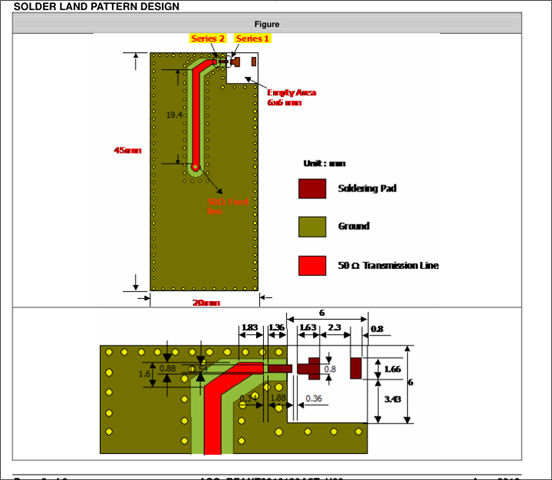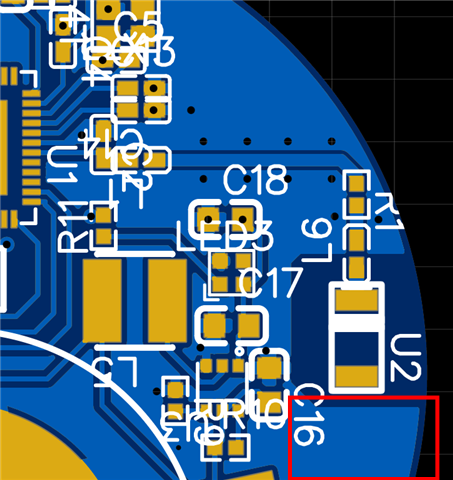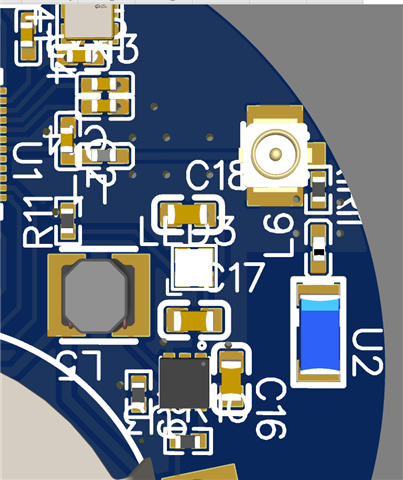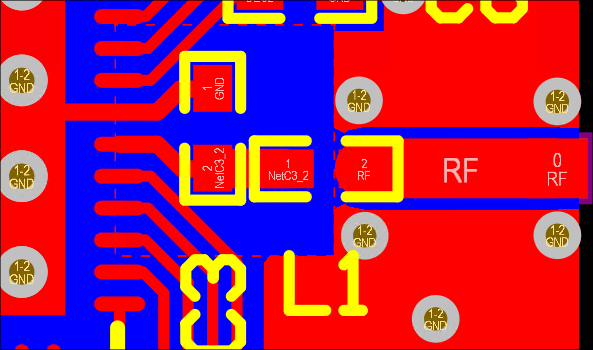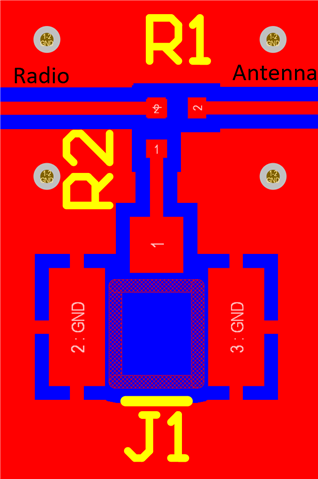Previously, I designed a PCB for the nRF52832 chip using the RFANT3216120A5T antenna (link). However, I was only able to achieve a very limited Bluetooth range of around 6 meters. The design details are as follows.

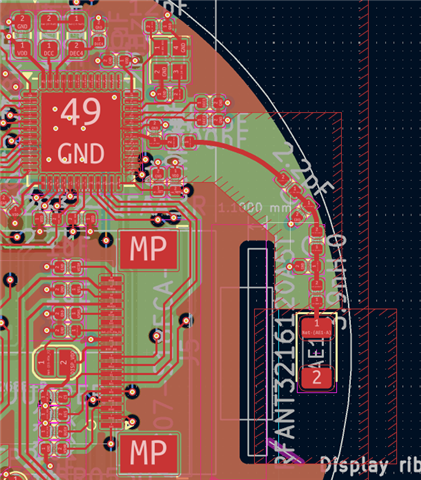
In the previous version, I identified some mistakes related to trace width calculations and RF routing. I have redesigned the circuit considering these issues and updated the parameters accordingly. Before placing an order for the new PCB, I would like to confirm whether this revised design is correct and whether it can achieve a Bluetooth range of up to 30 meters.

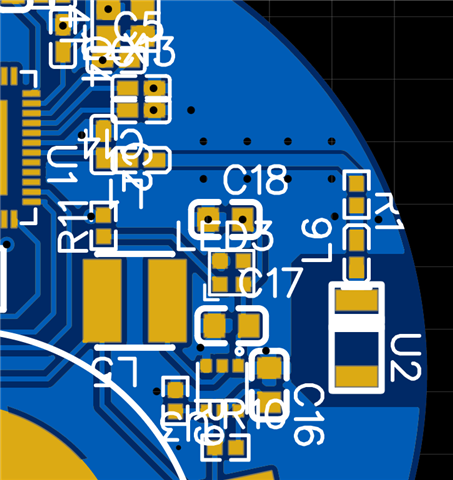
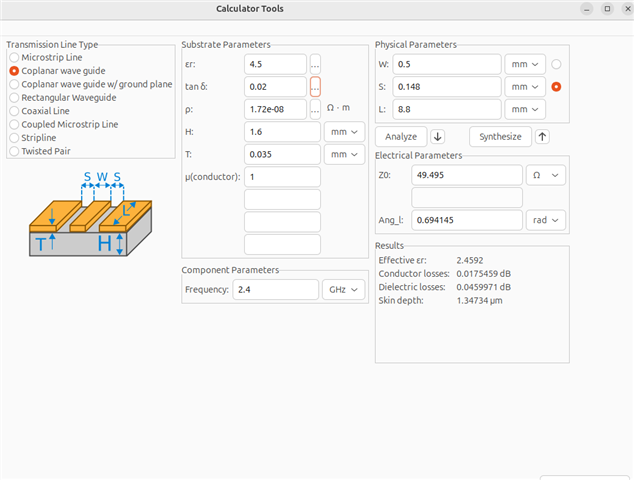
Please note that I do not have access to antenna tuning equipment.


